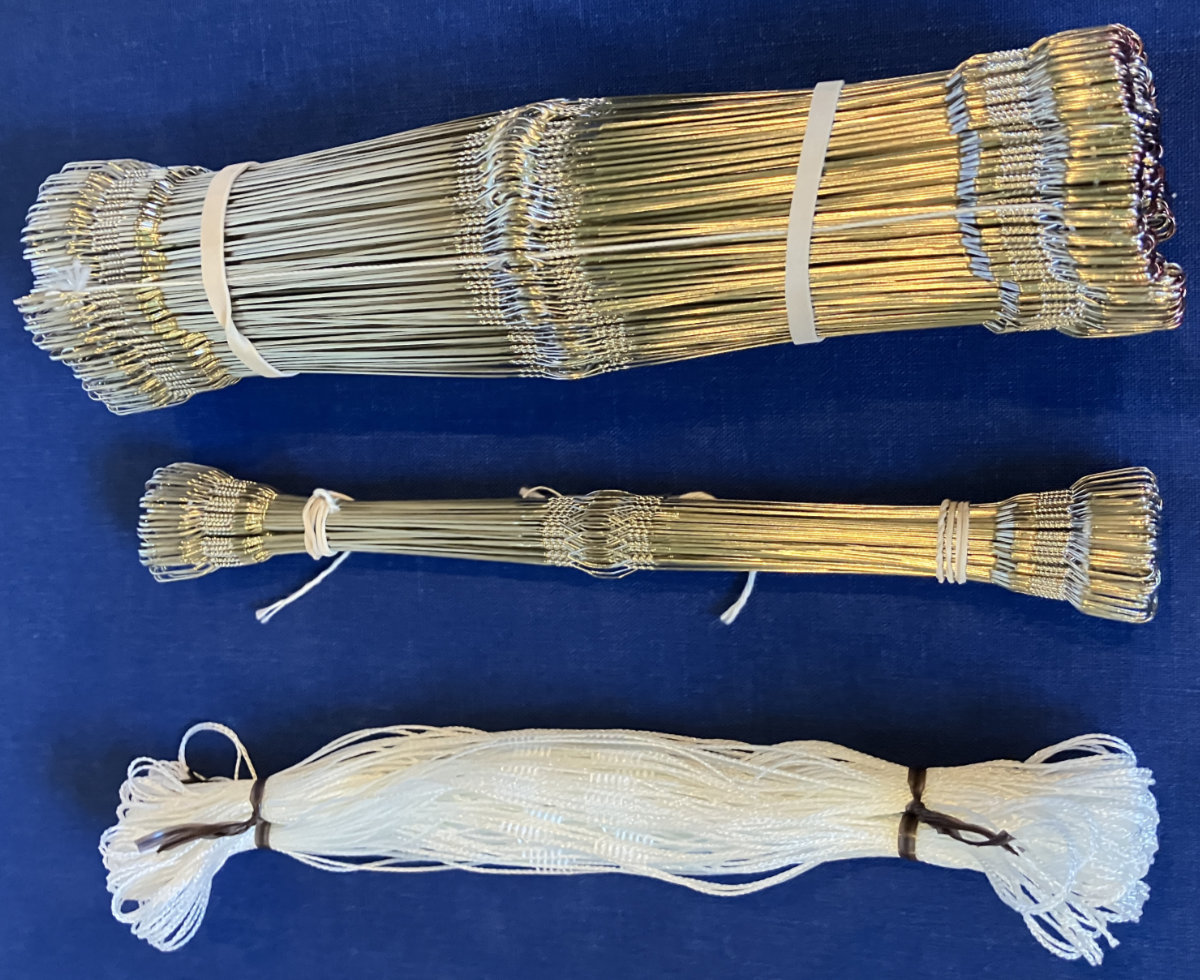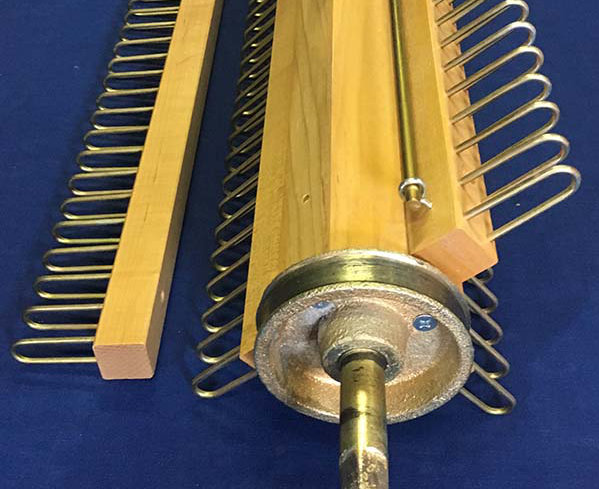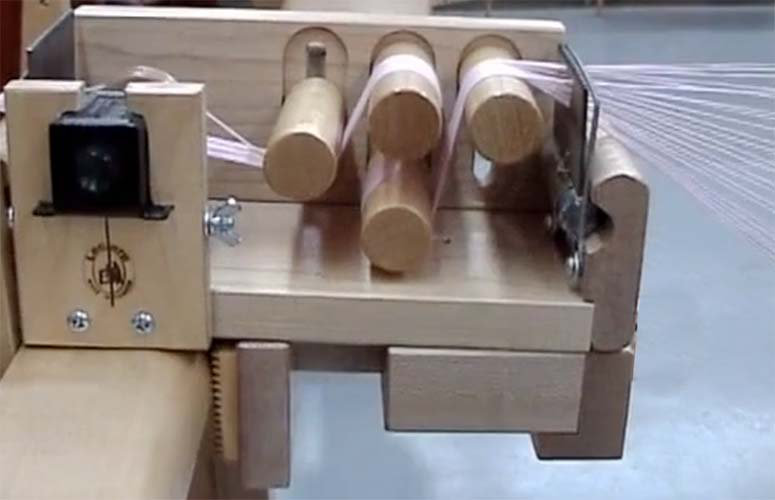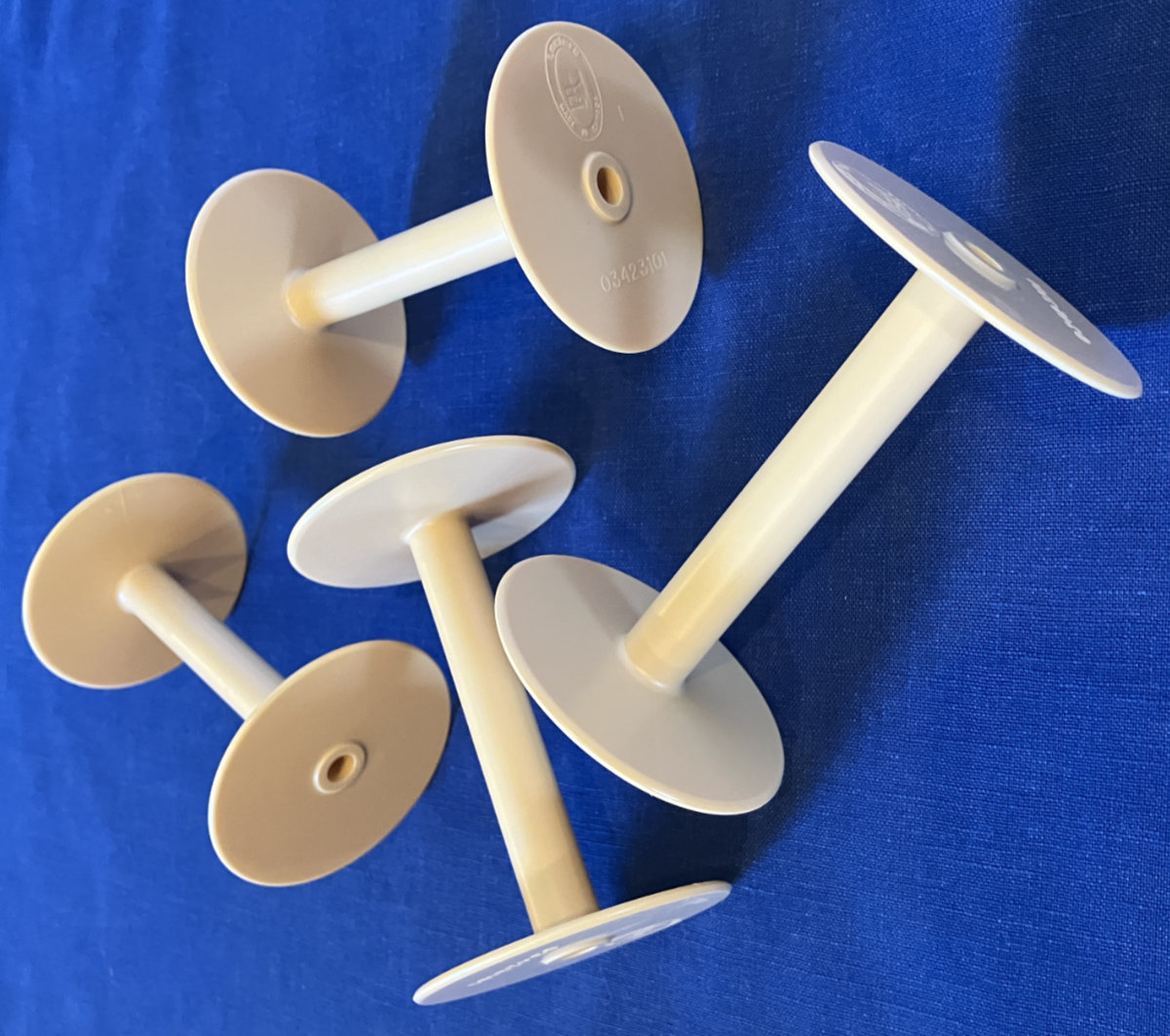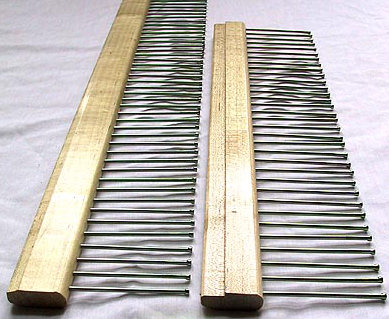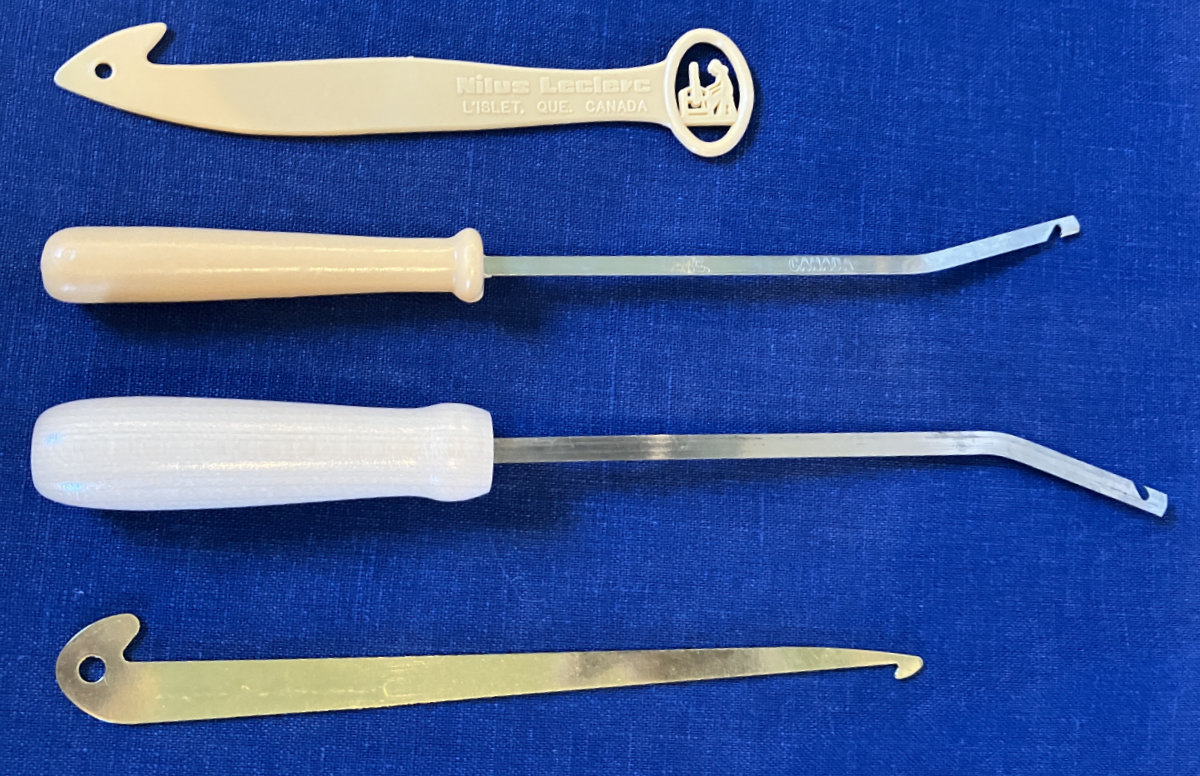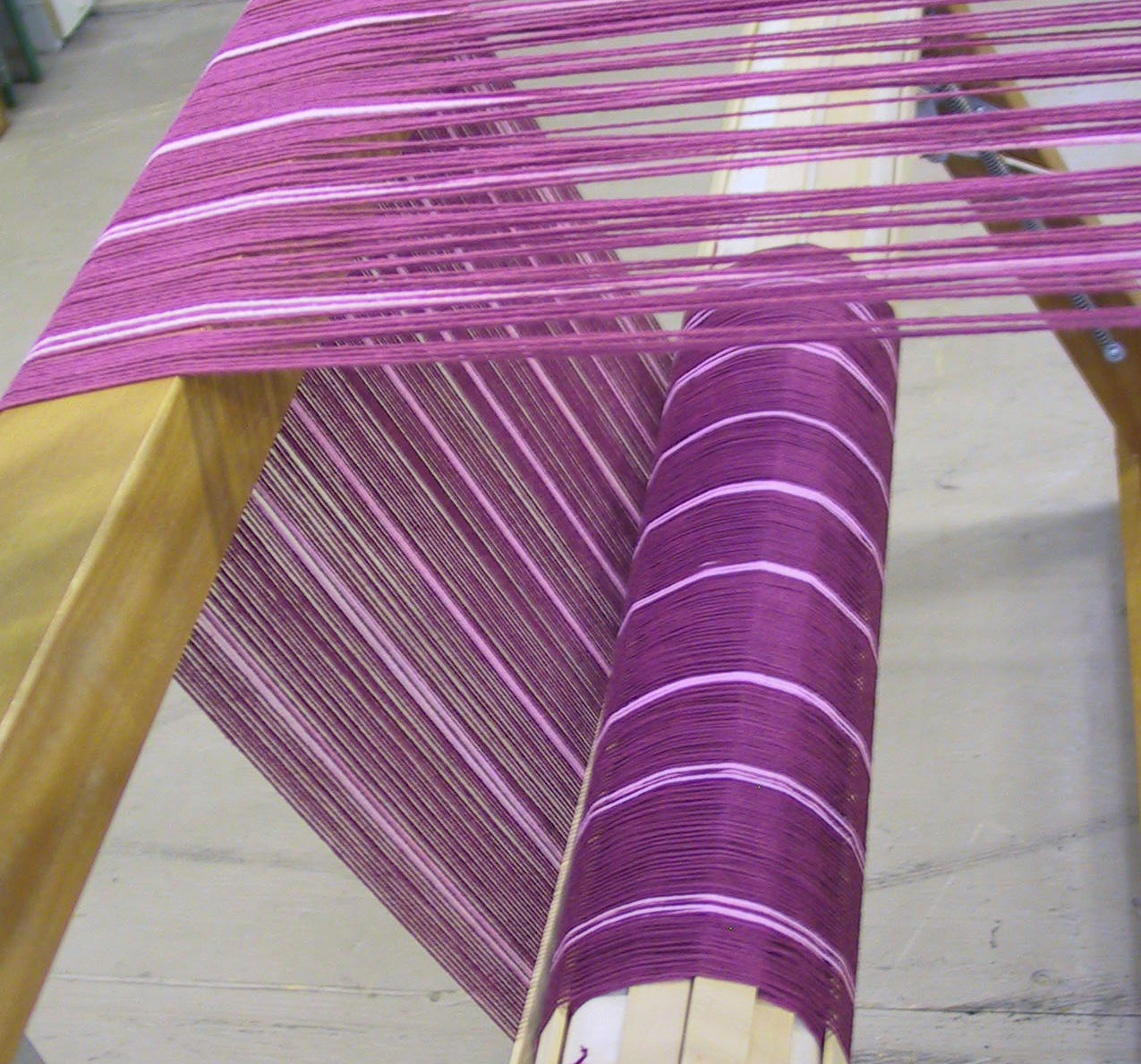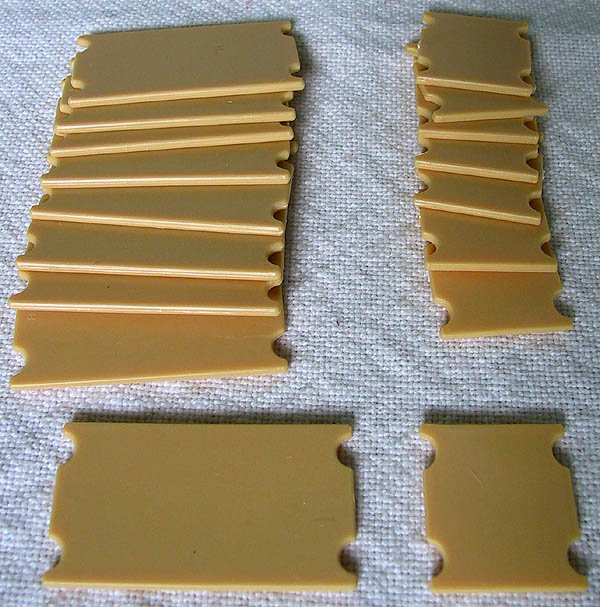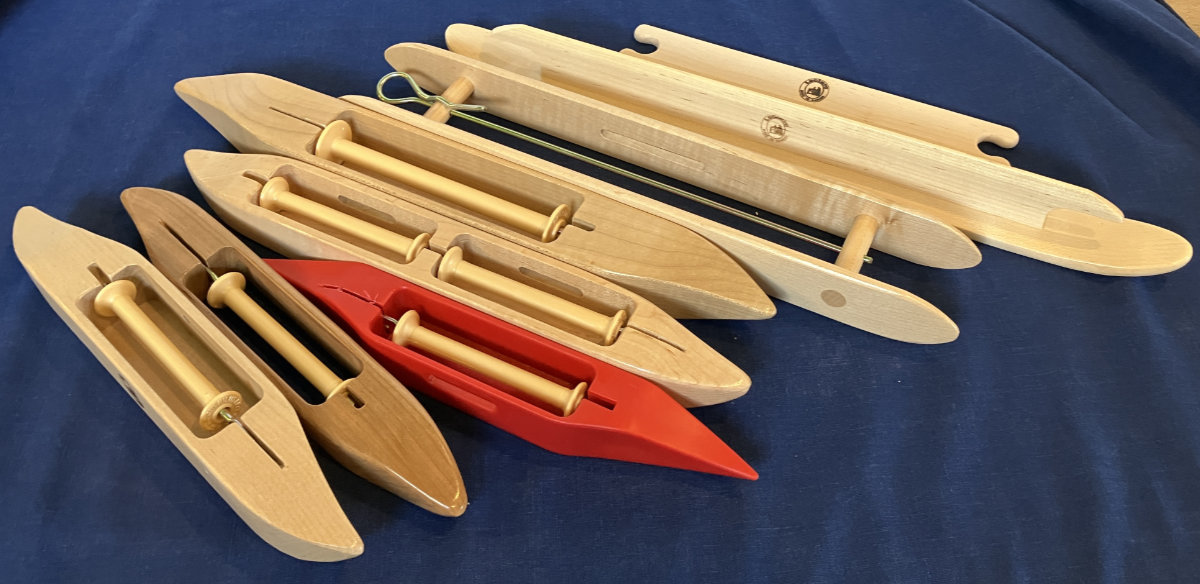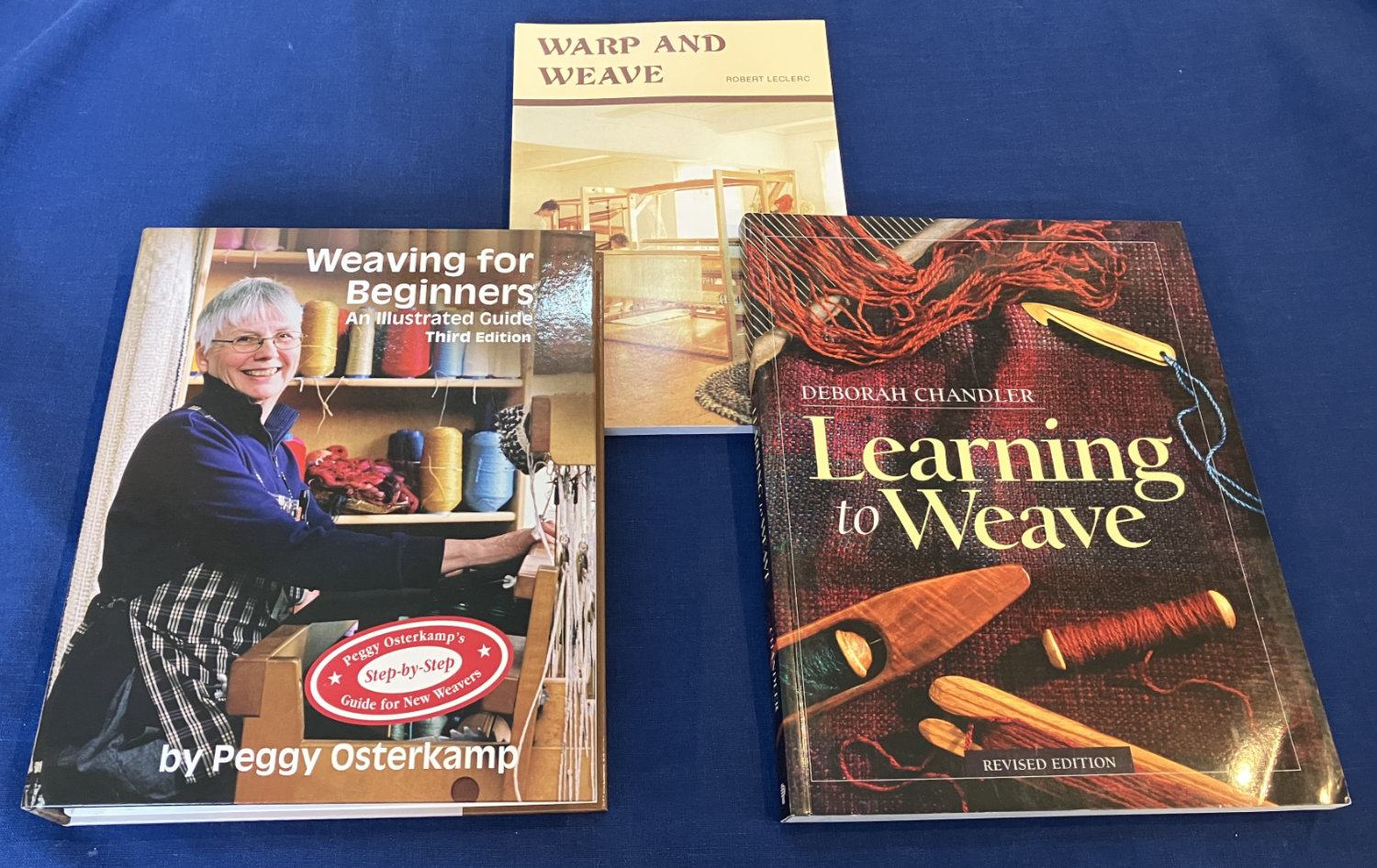Step 1 - Getting the Loom Ready
Before beginning the weaving process it is important to determine if the loom is configured to weave the chosen first project. This is in addition to making sure the loom is functional with working parts and the cloth and warp beam set up to tie the warp on. The project chosen will dictate what Reed is to be used as it will maintain the separation of the warp threads to what the pattern calls for ie the Sett or "ends per inch". A single Reed can sometimes be used for multiple Setts by using an uneven pattern when threading and/or putting multiple threads through the dents (ie the gaps in the reed). When using a thicker warp in a project with a lower sett, a Reed with fewer dents should be used to avoid abrading the warp threads. Typically a weaver will have a small collection of reeds to allow them some flexibility or will have built up a collection over time. A typical combination is for a weaver to have an 8, 10 and 12 dent reed but this really can vary depending on the weaver's area of interest. The project will also determine the number of Heddles required on each shaft of the loom and weavers normally configure the loom with more than required to avoid having to move the Heddles between shafts to get the exact amount the pattern calls for. After threading the loom, any leftover heddles are pushed to each side out of the way. If you are using the full width of the loom and know you will have extra heddles on a shaft frame, instead of removing them, they can be interspersed among the "live" heddles as you thread. On new 4 shaft looms Leclerc normally provides the following quantities: More or fewer Heddles may be required depending on factors like the width of fabric being woven and the ends per inch being used. Heddles are available in Wire, Inserted Eye and Texsolv. The decision of which to use is the weaver's preference as all three will work on Leclerc looms. You can even mix heddle types on a shaft frame if you choose.
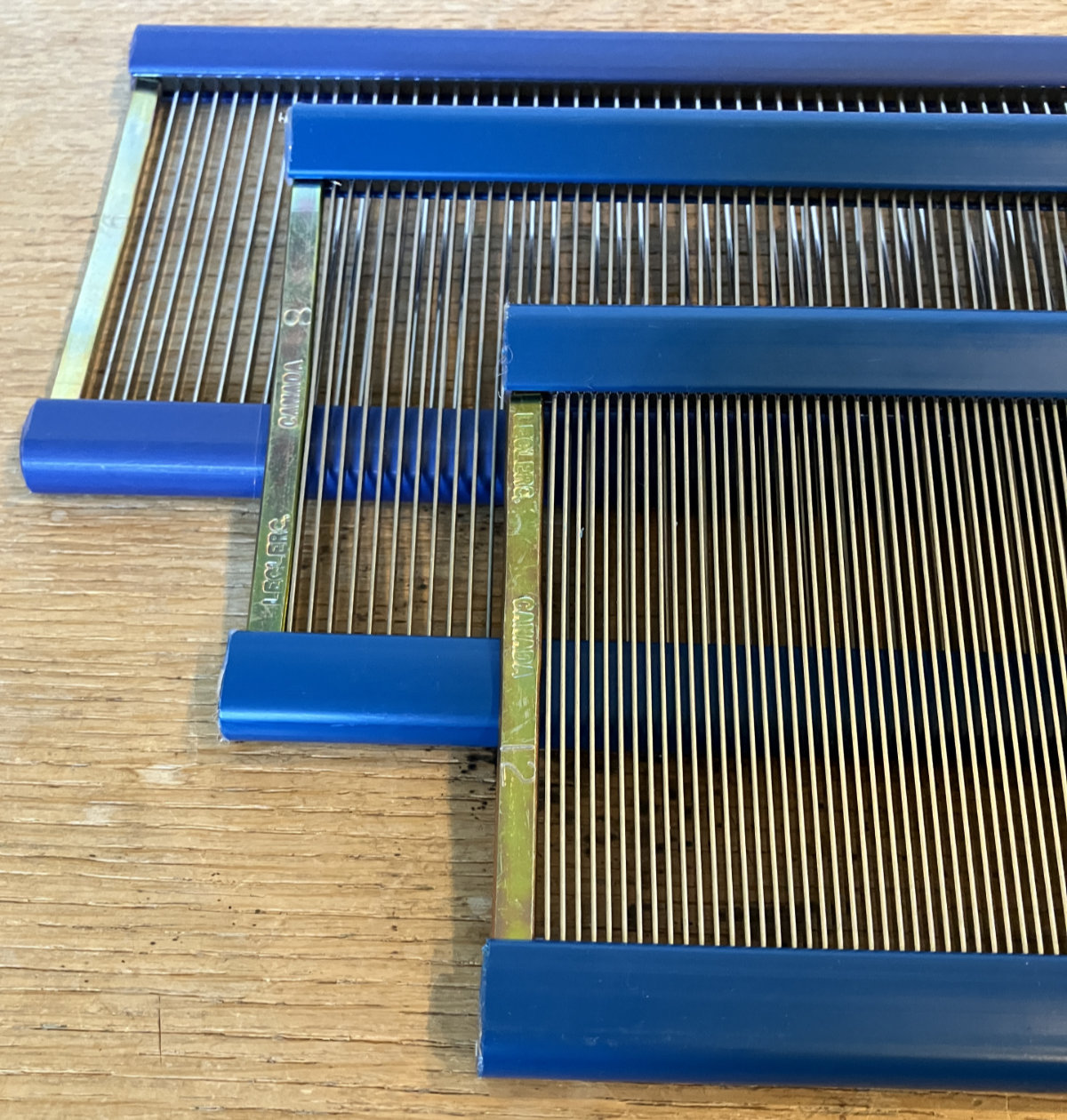
Heddles
